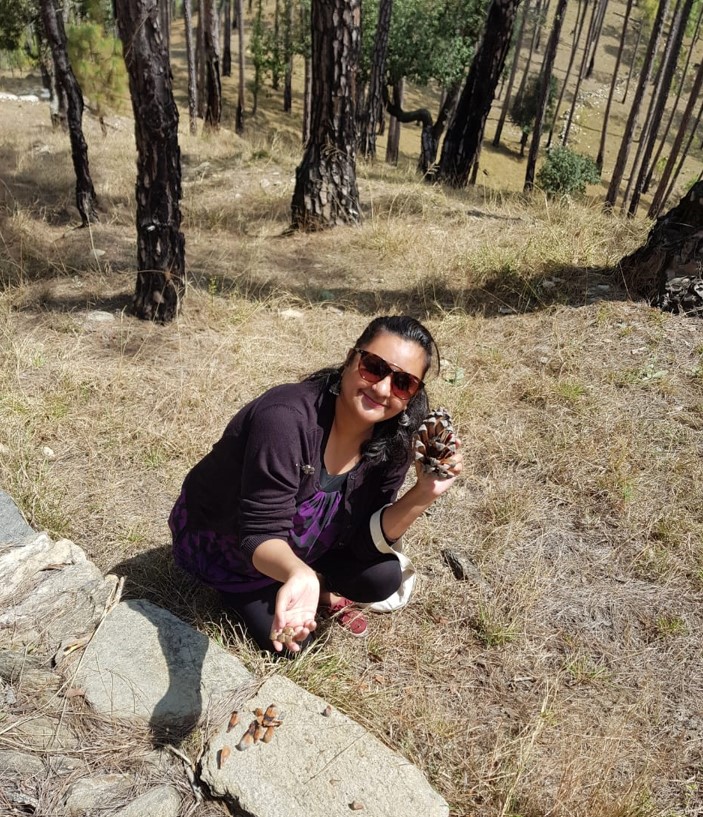By Nivi Shrivastava
In the post-covid era, the revival of the ancient grains as superfoods has taken us back to the granny’s kitchen, and the route to the revival of these old recipes is full of interesting pit stops. The not-so-mainstream homemade dishes from Uttarakhand’s Kumaon and Gharwal region are the latest obsession for vegan-friendly, organic binging millennial foodies. Here’s why this offbeat cuisine packed with health benefits can give a boost to the booming eco-tourism trend across the state.
An array of lentils: If you are watching your weight or trying to detox, try the famous Gahat dal (aka kulthi dal or horse gram) from Uttarakhand. A bowl of this dal is known to have tons of health benefits, including getting rid of kidney stones and weight loss. A popular dish called Dubke is used in making this dal, and is widely eaten with rotis and rice by local families. Another gem from the region is the Bhatt ki dal (organic black soybeans) cultivated in the high hills and is super rich in iron and protein. Bhatt ki Dal and Bhatt ki Chudkani/Churdkani are the two famous dishes made using this variety. The pahadi rajma, lobia and soybeans grown in these hills are also quite famous in the local kitchens and are a major source of nutrition. A traditional mix of different varieties of lentils soaked overnight and cooked the next day is called Phaanu, and is consumed with rice as a soupy bowl meal.

Wild greens: The hills of Uttarakhand are full of green leafy shrubs and herbs, and some of the unique dishes that are part of the local cuisine are made using these wild leaves like hemp (bhang) and Stinging nettle (bichu buti). The cuisine of Uttarakhand is quite eco-friendly, pahadis (mountain people) are simple and they do not believe in wasting anything. The usage of wild greens like hemp and nettles in chutneys and curries reflects the humble eating habits of the local farmers and the way they cook it using natural wood and steam. The hemp seeds are also used in making some high fiber dishes and mixed with different vegetables to enhance flavours.
Lost grains and cereals: A popular local bread from the region is Mandua ki roti, which is made using finger millets and is reddish colour. It is consumed in winters with melted ghee and dal to keep the body warm. An extended version of this bread is the Lesu, which is prepared in Kumaon as well as in Garhwal by stuffing the finger millet dough into the wheat flour dough and blending the two to make delicious flatbread eaten with ghee.

Desserts from the hill towns: Just like the food, the desserts of Uttarakhand are also quite distinctive in taste and are prepared with slow-cooking methods. Bal Mithai, a sweet dish from Almora, is quite popular in the state and is made using cooked khoya (dense milk) and covered with sugar balls. The next on the list is Singodi, a semi-dough-like sweet made from Khoya, grated coconut, and sugar and is wrapped in molu leaf before serving. Jhangore ki kheer is a common dessert from Uttarakhand using millets that are soaked and boiled with sugar and milk topped with dry fruits.
(The writer is an independent journalist, you can connect with her at newspeakwork@gmail.com)
